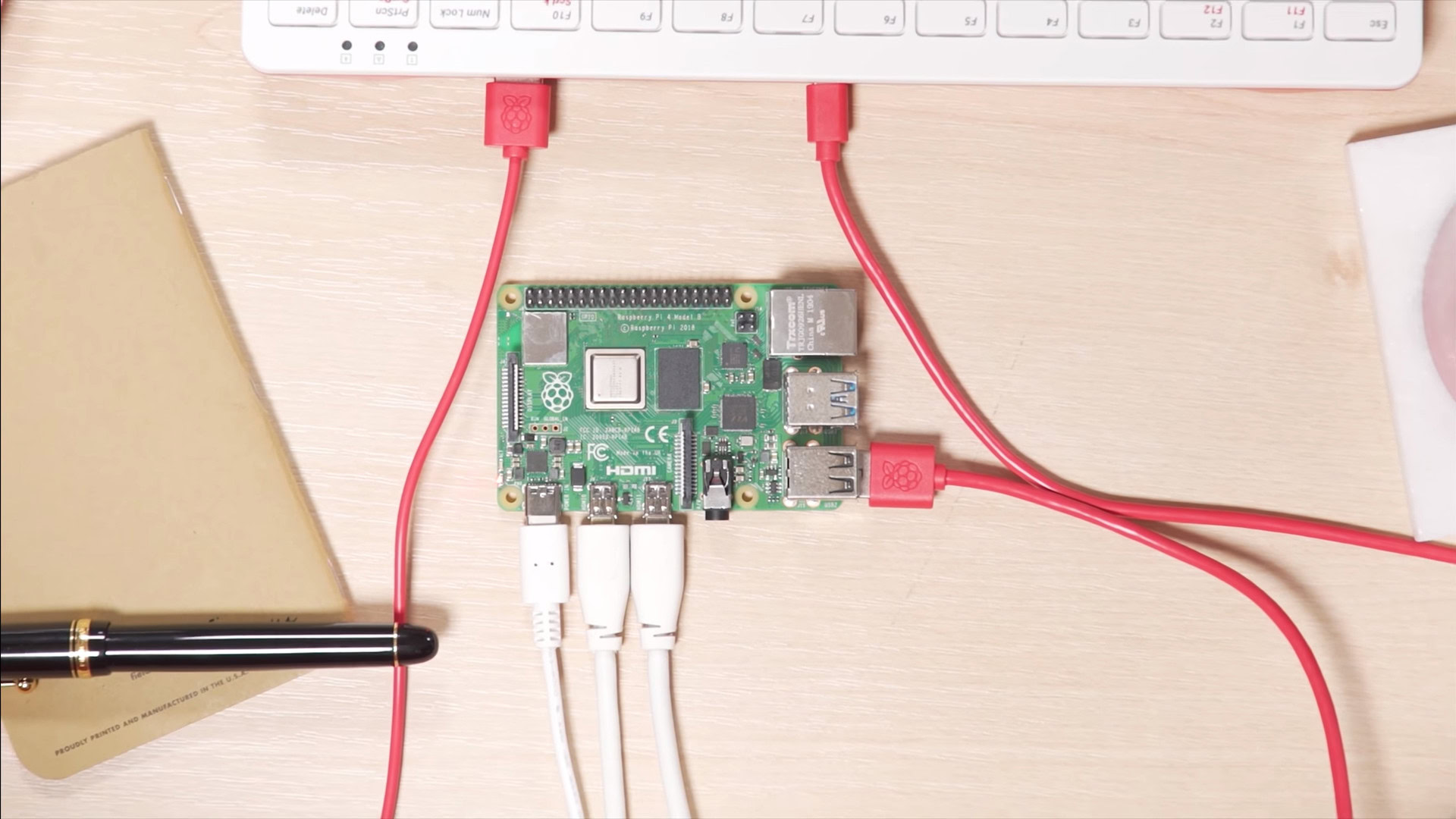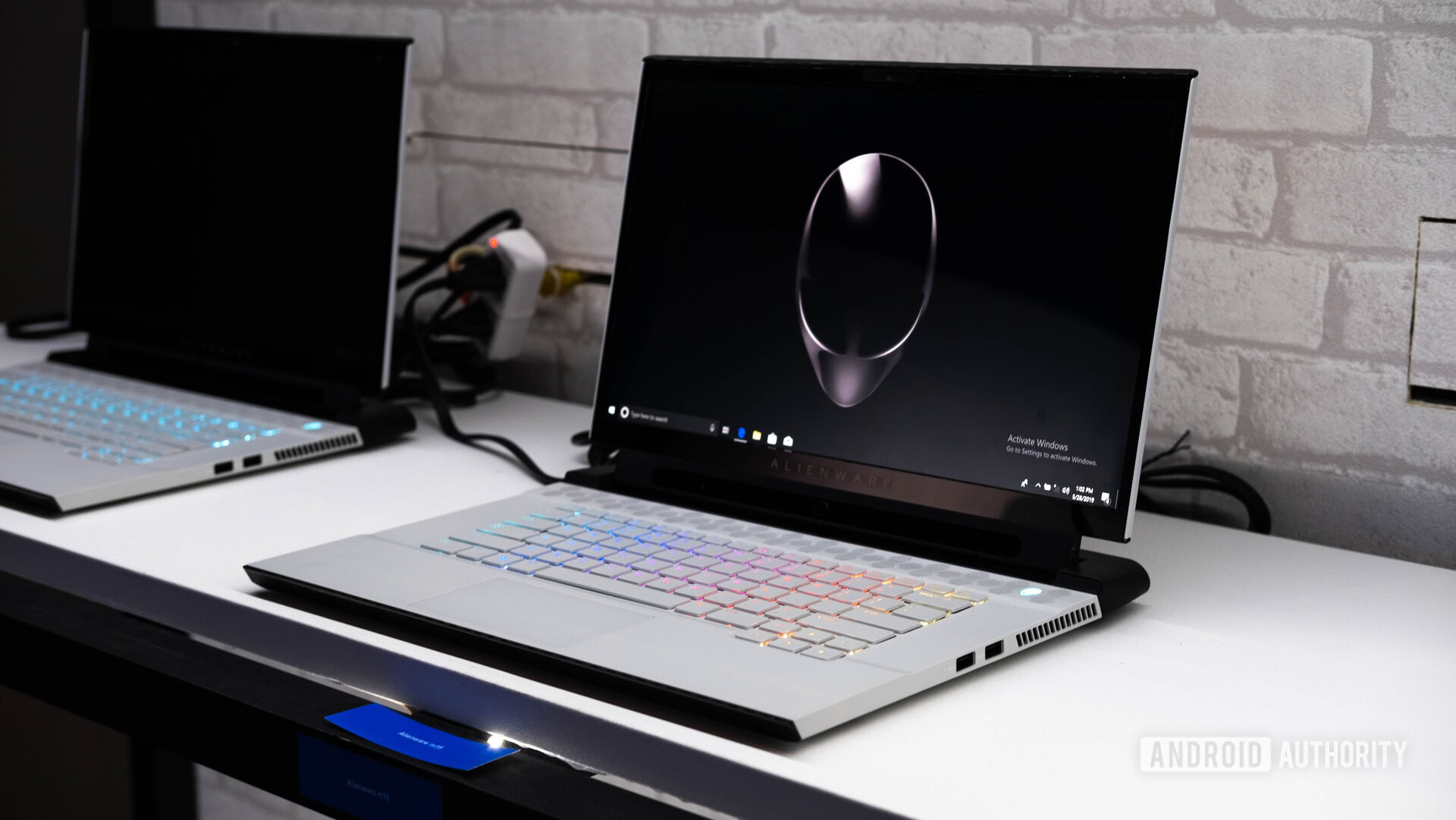Affiliate links on Android Authority may earn us a commission. Learn more.
Raspberry Pi 4 bug apparently kills Wi-Fi when you crank up resolution (Update)
Published onNovember 28, 2019

Update, November 28 2019 (10:07AM ET): Raspberry Pi head Eben Upton has responded to Android Authority after a developer reported that the Raspberry Pi 4’s Wi-Fi stops working at high resolutions.
Developer Enrico Zini and several users on the Raspberry Pi Forum spotted the issue, with Zini noticing that cranking up the resolution to 2,560 x 1,440 or higher seems to kill Wi-Fi connectivity. But Upton suggests that HDMI cables are to blame for the issue.
“Hard to know what the problem is from the blog post (sic), but this is exactly what I’d expect if someone was using poorly shielded HDMI cables,” Upton told Android Authority in an emailed response. “A poorly shielded cable radiates ~20dB higher than a properly shielded one. I’d be very surprised if this is a hardware issue with the Pi itself.”
There’s no definitive word on a cause then, but anyone suffering from the issue might want to swap out their HDMI cables and see if that solves the problem.
Original article, November 28 2019 (1:28AM ET): The Raspberry Pi 4 is a major leap forward for the platform, offering a big CPU boost and dual monitor support. Unfortunately, some users have reported a weird bug that seemingly kills Wi-Fi when you crank up the resolution.
More specifically, the Pi 4’s Wi-Fi stops working if it’s outputting at 2,560 x 1,440 or higher via HDMI, developer Enrico Zini noted on his blog. Zini adds that resolutions of 2,048 x 1,080 or below still work fine.
The developer also noted that he was able to reproduce this Raspberry Pi 4 glitch via both microHDMI outputs, two different HDMI cables (including one with an HDMI to microHDMI adapter), three different Raspberry Pi 4 devices, four different power supplies, and two different SD cards.
Several users on the Raspberry Pi Forum have also noticed this flaw, although it’s unclear what’s actually causing the issue. Some users suggest that it could be related to power consumption, interference from accessories, or software. It’s also possible that this isn’t a widespread issue, but rather a problem with a select few devices. Then again, the fact that Zini was able to reproduce the issue with three different devices is pretty notable.

It wouldn’t be the first Raspberry Pi 4 flaw spotted by users though, as the computer’s USB-C charging port has “incorrect detection circuitry.” This design flaw means you can’t power the Pi 4 with so-called ‘e-marked’ USB-C cables used by many smartphones and laptops.
We’ve contacted the Raspberry Pi team for more clarification and will update the article accordingly. Have you come across this Wi-Fi issue with your Raspberry Pi 4? Then drop a comment below.